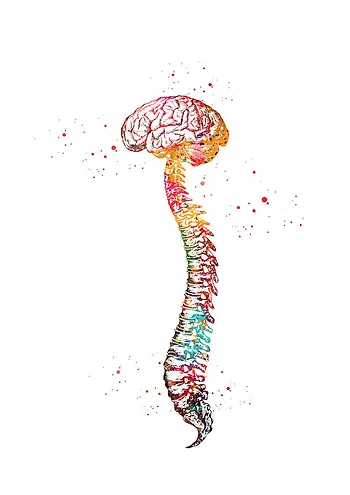
This month’s blog is a subject that’s close to home for me… As I sat down to start writing, I will admit, I felt less than inspired than I originally thought I would when I opted for the subject: Women and Celebration.
However, it was pointed out to me that if I was currently feeling that way, it was possible that others had too at points, meaning it could resonate with a lot of other women.
Health care providers have long dismissed or downplayed women’s health concerns. Many women have stories of medical practitioners dismissing, misdiagnosing, or cluelessly shrugging at their pain. Unfortunately, this is nothing new.
Women’s Health problems are not normal and should not be causing distress or disrupting your everyday life. Yes, you may know someone who suffers… your mum, sister, aunt, friends, someone’s wife. While they may all experience them, that does not mean that you should be experiencing them too.
Back pain is the leading cause of disability in the world affecting movement, performance at work, engagement at home and general well-being. You have a 70% chance of having at least one episode of back pain during your life and although it’s more common in adults its incidence in children is rising. In the US the cost of back pain is estimated to be $200 billion a year.
Back pain in women has many potential causes. Several causes are more common (and can be exclusive) in women, while others can happen to anyone.
Women may experience lower back pain for a variety of different reasons:
-
Premenstrual Tension
-
Endometriosis
-
PCOS (PolyCystic Ovary Syndrome)
-
Dysmenorrhea (Painful Periods)
-
Menopause
-
Pregnancy
-
Childbirth (regardless of delivery type)
-
Breast Feeding
-
Osteoporosis (weakening bones)
-
Heavy breasts
There are many factors that can influence our health and it should not be a one size fits all approach either.
Some research has shown that there may be links between the function/dysfunction of the spine, the nervous system and the spine’s structural integrity. A study conducted by Walsh and Polus, (1999) showed a relatively high incidence of spinal dysfunction exists in PMS sufferers compared with a comparable group of non-PMS sufferers. This suggests that spinal dysfunction could be a causative factor in PMS and that manipulative therapy may offer an alternative therapeutic approach for PMS sufferers. Also, a study by Holtzman et al (2008) suggested the possibility that menstrual pain associated with primary dysmenorrhea may be alleviated by treating restrictions of the lumbosacral spine.
Did you know less than 10% of your nervous system perceives pain?
The other 90% is responsible for allowing your body to function properly; it is possible to have nerve interference and feel perfectly healthy. How you feel is a poor judge of your health. By the time symptoms like pain appear, many problems have advanced.
While back pain may be common, it is not normal and is an indicator that further investigation is required.
The nervous system controls and coordinates all the different functions of our body. A disruption in the nervous system (subluxation) results in a communication error between your brain and your body, so your cells, organs and glands are then prevented from functioning optimally. The power is being tuned out or turned off.
Practitioners can help to restore normal nerve function, improving brain-body connection allowing our bodies to function normally and naturally. We look at overall health and wellbeing; addressing not only the health of the spine and nervous system but looking at your gestation (mum’s pregnancy with you), physical incidents, your nutrition, chemical stressors and mental/emotional stress too.
The result is often a reduction in pain and inflammation as well as prevention of further problems.
Advanced Biostructural Correction™ (ABC) is safe, gentle and effective for all ages. It helps to address the unique health challenges women face and can help to improve the overall health of women.
References
Walsh, M. and Polus, B., 1999. The frequency of positive common spinal clinical examination findings in a sample of premenstrual syndrome sufferers. Journal of Manipulative and Physiological Therapeutics, 22(4), pp.216-220.
Holtzman, D., Petrocco-Napuli, K. and Burke, J., 2008. Prospective Case Series on the Effects of Lumbosacral Manipulation on Dysmenorrhea. Journal of Manipulative and Physiological Therapeutics, 31(3), pp.237-246.